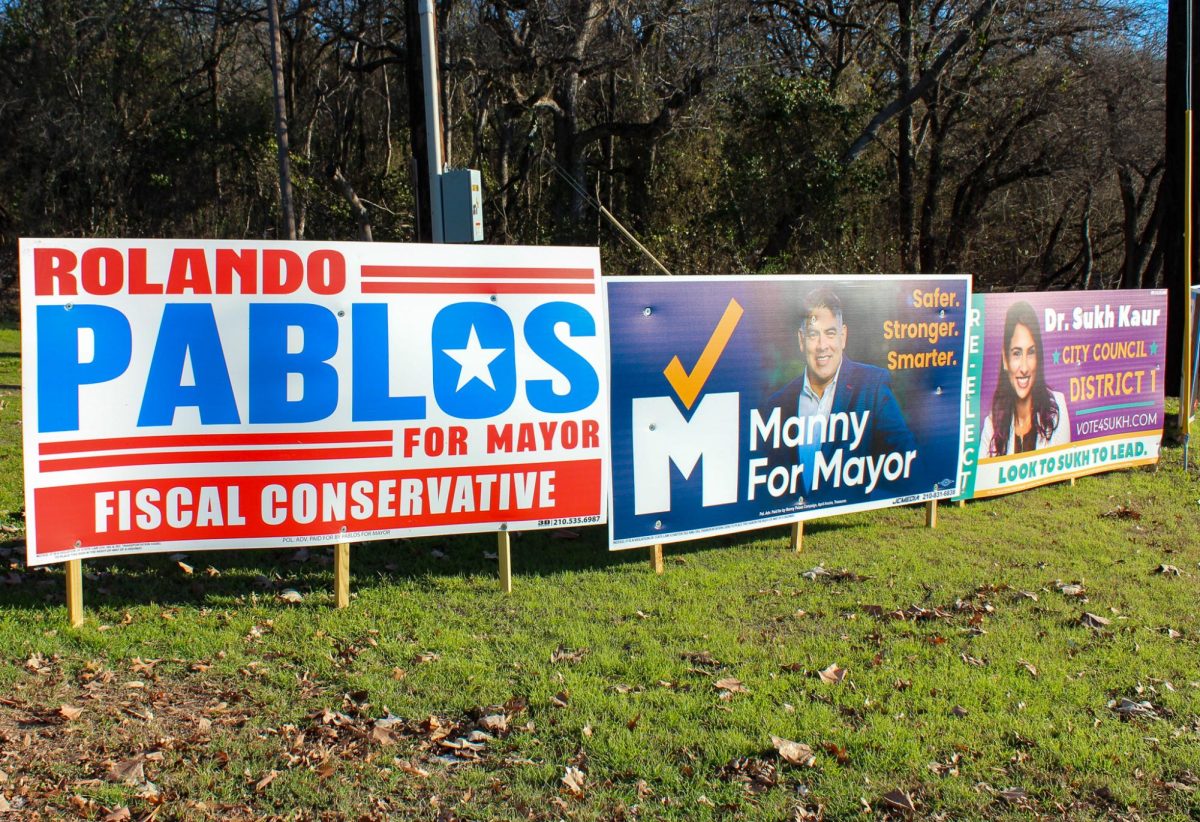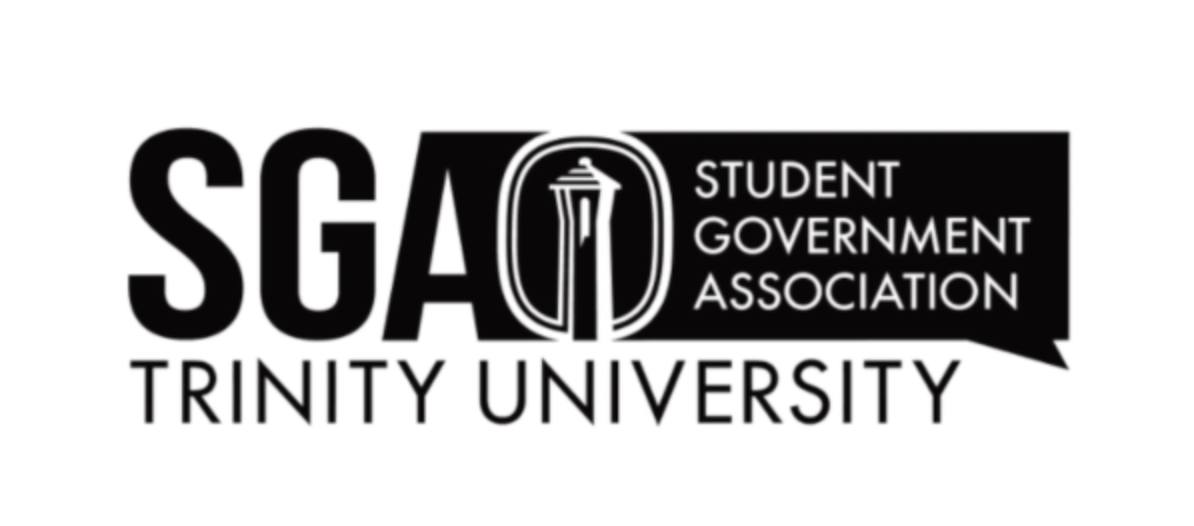Trinity University’s new marketing platform showcases students on the university web page, billboards around San Antonio and print media attempting to highlight new branding platforms and leaving some students curious about photo consent practices.
The latest marketing practices revolve around four brand themes: large-school resources in a small- school environment, preparing to lead, engaging with the world and a challenging and supportive academic environment. According to Sharon Schweitzer, assistant vice president for external relations, the university aims to represent these themes in content they develop from student experiences.
“Showing Trinity from a student perspective is better marketing for prospective students and shows what we do from the student perspective as a small, residential, liberal arts university,” Schweitzer said.
After interning at a pediatric AIDS clinic in Swaziland over the summer, senior English major Barley Halton’s story and personal photographs were showcased in Trinity Magazine, with one photograph of Halton’s making the magazine’s cover.
“When the article itself came out, I was getting all of these messages from people “˜Oh, I saw your picture.’ Then it turned out that they actually used one of my pictures for the cover of the magazine, which was great. Sure, I loved having my face everywhere, but it was just unexpected, that’s all,” Halton said. “That’s where there’s a grey line, because I did submit my photos, and I knew that they were going to use it for the magazine, I just didn’t know they were going to use it for the cover.”
Unlike Halton, who submitted his own photos for use in the magazine, some students take part in university photo shoots potentially utilized for Trinity marketing. While doing research with Troy Murphy, assistant professor of biology, junior biology major Matthew Mitts had his photo taken by a Trinity photographer. The photo features Mitts using binoculars at a research site and is on a billboard at the intersection of highway 281 southbound and St. Mary’s Road.
“We have a research site over at Incarnate Word at Headwaters, and we were just told that we were going to have a photographer come out and take some photos of us. Her name was Jeanna, and she was a lot of fun and we showed her everything. The photo was done as someone was processing birds, and there was a bird on a branch,” Mitts said. “I am actually taking a photo through my binoculars, and I look dorky, but I am actually instagramming a photo through my binoculars. She took a photo of us looking, and we all thought it was hilarious.”
According to Mitts, after the shoot was completed the photographer, Jeanna Goodrich Balreira, associate director of creative communication, showed Mitts and the other students the photos she took.
“Then about a month before the billboard she emailed us and was like, “˜Surprise! Remember that photo you guys laughed at me taking? It’s going up on a billboard!’ Then she showed us the whole spread of the billboard, so I knew about it for the longest time,” Mitts said. “I like to joke with people and pretend that I had no idea, but it was actually really nice, full of transparency.”
Mitts was later featured in a Public Broadcasting Service commercial.
According to Goodrich Balreira, Trinity sends a photographer to most campus -sponsored events, but there are certain types of events which offer better photo opportunities, unlike class lectures or pictures with large amounts of students.
“We do look for more hands-on and tactile events that are happening so that we can show engagement and interaction. Students sitting in a classroom and staring at a whiteboard isn’t exactly the best photo opportunity for engagement, but we understand that that happens,” Goodrich Balreira said. “Of course the sciences tend to lend themselves better to the hands-on experience, but then we have a class, for example, that is reading the “˜Odyssey’ in Greek, so we try to be able to focus on that kind of stuff as well.”
According to Goodrich Balreira, by focusing on small-scale or interactive events, student consent is more easily attained, whereas in large events, such as Diwali, participation implies knowledge that photos – not exclusively by Trinity – are taken. However, when photos of these larger events are utilized, main participants in pictures are often sought after.
“We really are looking for close-up of faces, close-up of activities, close-up of different hands-on experiences, so if it was a sea of faces, I’m not quite sure that that would be something that we are looking for,” Goodrich Balreira said. “I think most things are very deliberately showing eyes and smiles and we can clearly identify the people with those eyes and smiles, and just at least make sure they know that we are thinking of using them for something in marketing, whether it’s an ad or a billboard. I don’t want it to be a surprise to anyone, and I think that’s very important for their peace of mind as well.”






